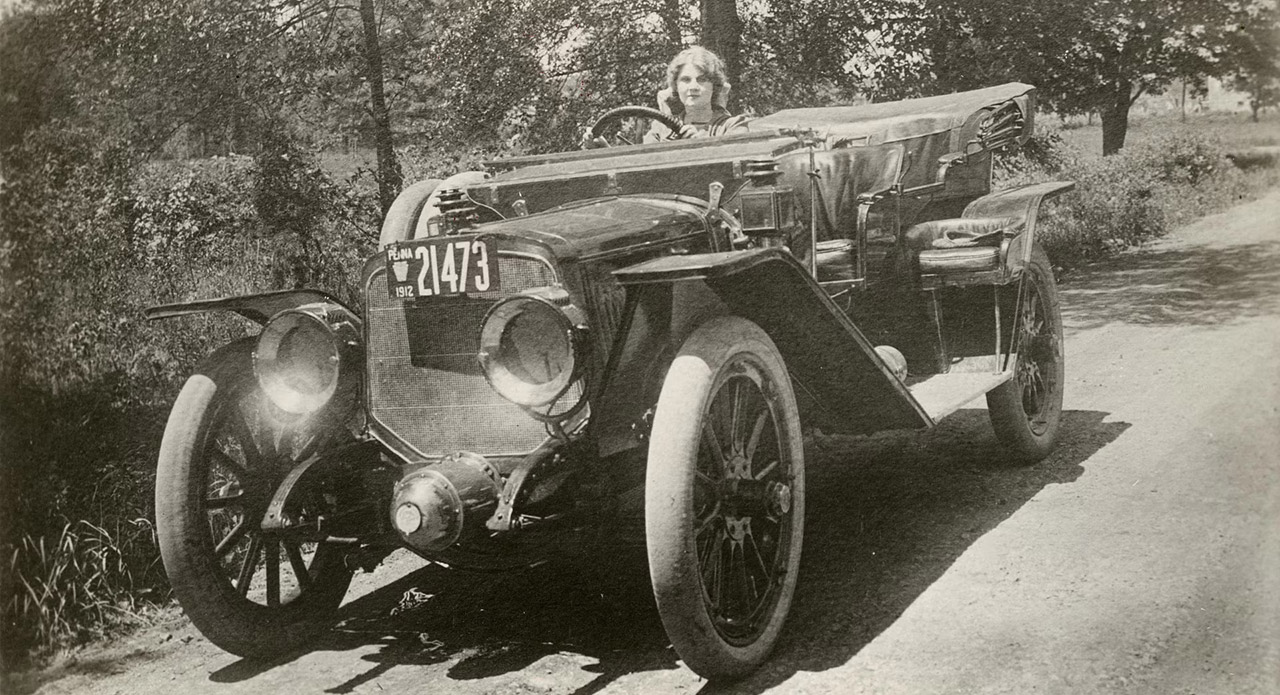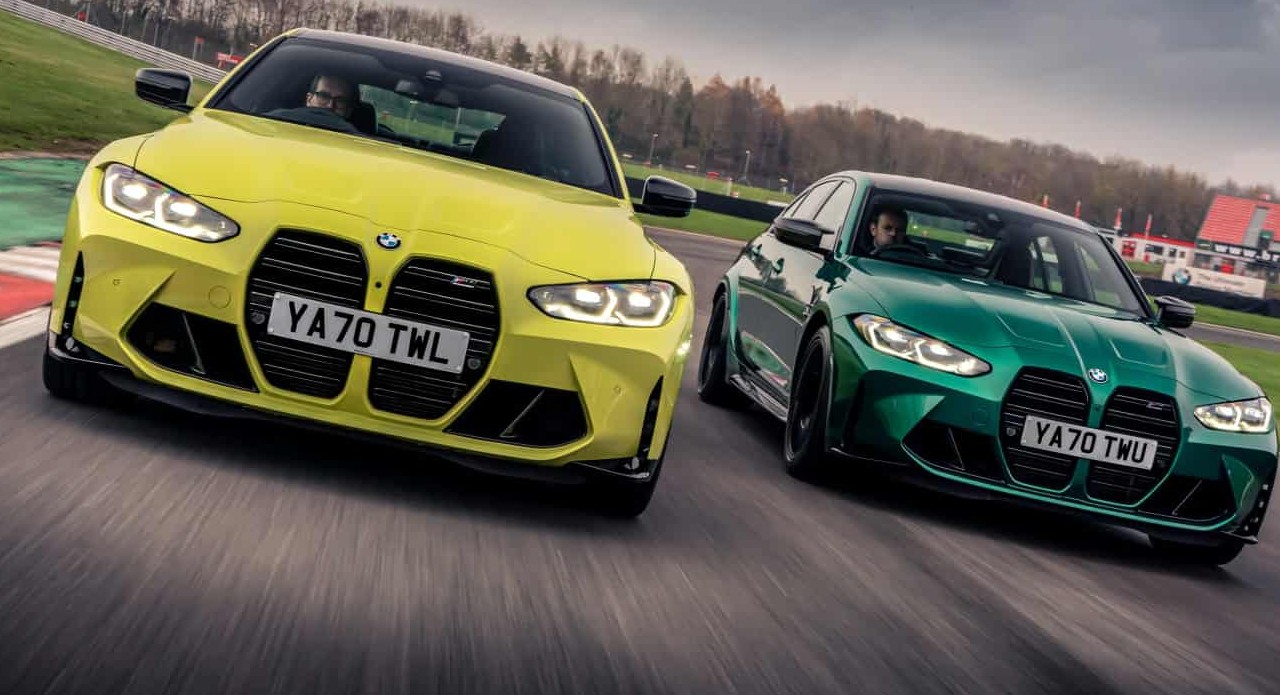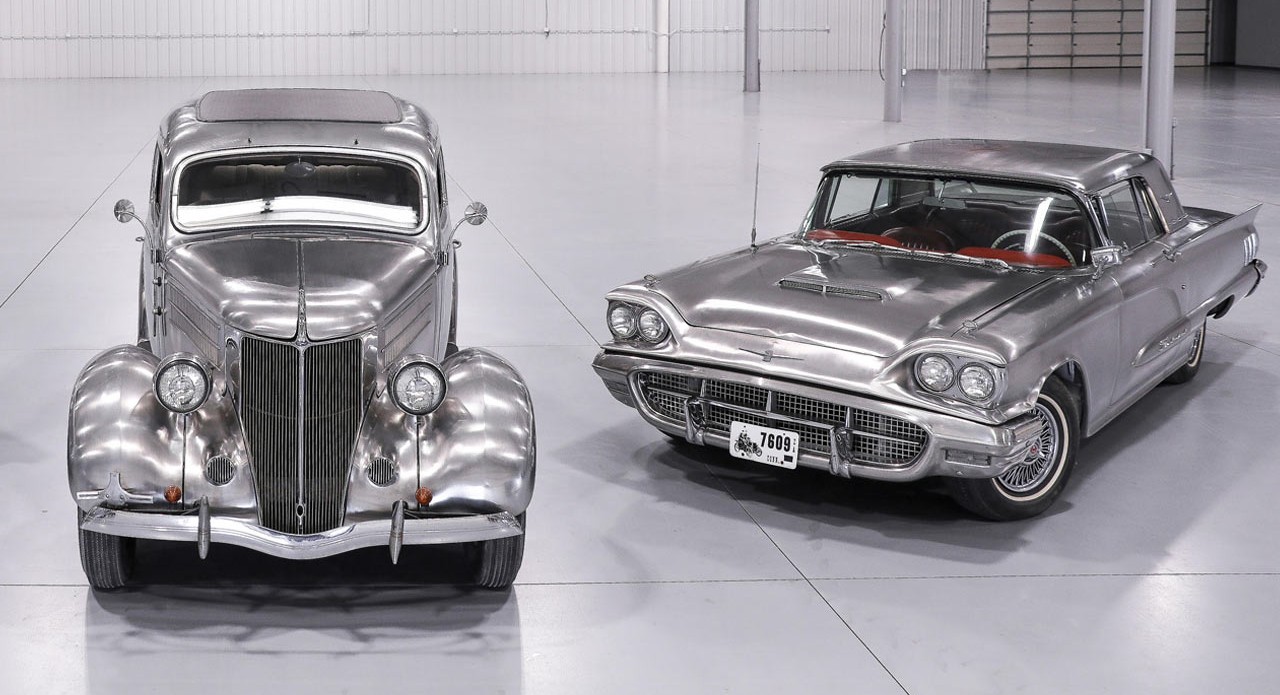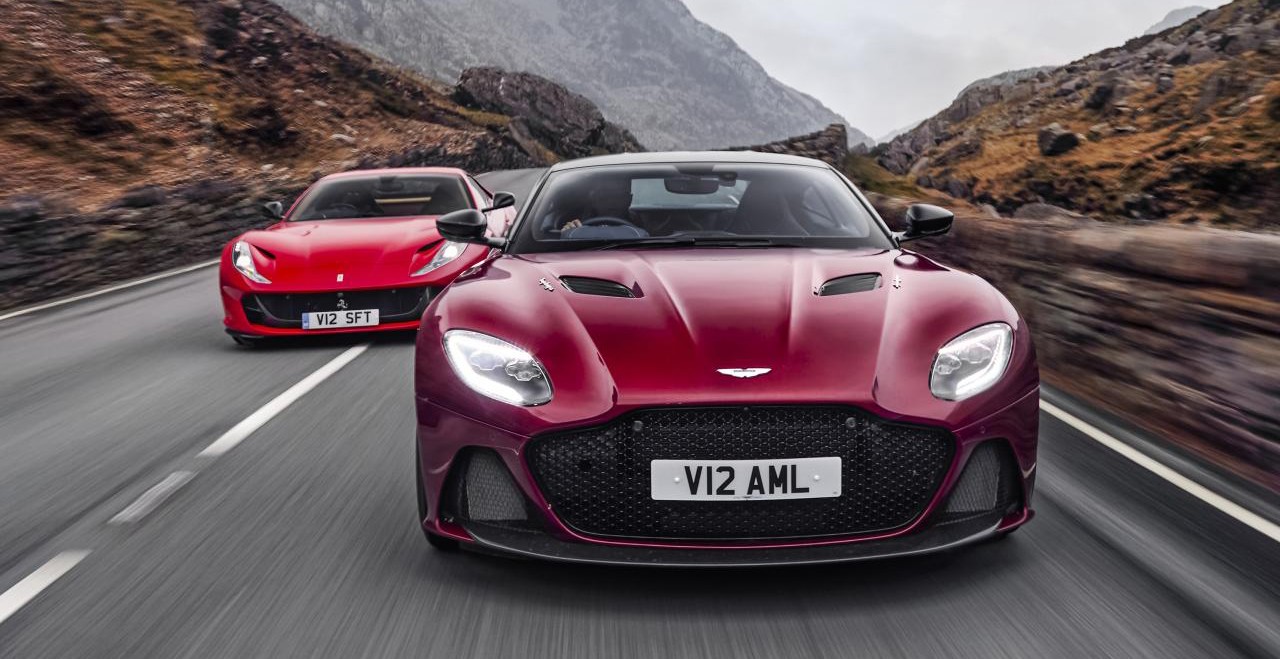Electric SUVs usually shout about their existence. LED light bars, aggressive front fascias, enough blue trim to outfit a cricket team. The Harrier EV takes a different route—it looks like a regular SUV that could run on anything from diesel to good intentions. This restraint is either supremely confident or dangerously naive.
After a day of throwing it at obstacles designed to embarrass lesser vehicles, the confidence theory holds water.
Rocks, Ruts, and Other Realities

Buddh International Circuit’s off-road course wasn’t built for Instagram heroics. Proper boulder fields that demand precise wheel placement, articulation humps engineered to lift axles clean off terra firma, and water sections deep enough to make you question your life choices.
The Harrier EV methodically worked through each section like a mechanic diagnosing a problem. No heroics, no wheelspin theatrics. The dual-motor setup—238hp rear, 158hp front—distributes torque with the kind of algorithmic precision that makes good drivers look better and average drivers look competent.

‘Rock Crawl’ mode essentially turns the accelerator into a volume knob. Gentle inputs produce gentle progress. The instant torque characteristic of electric motors eliminates the rev-clutch-pray sequence that defines low-speed technical driving in conventional SUVs. You point, the Harrier goes there.
The 540-degree camera system deserves particular mention for actually being useful instead of just impressive. The transparent bonnet view removes guesswork from wheel placement, while the comprehensive surround view prevents the usual bumper-versus-boulder negotiations.
Water wading capability extends to 600mm, which translates to mild flooding scenarios. The electric drivetrain’s indifference to water ingestion makes this a genuine capability instead of a marketing claim with fine print.
Electrons and Intelligence

ADAS technology in most cars feels like hiring an overeager intern—well-intentioned but prone to panic at the wrong moments. The Harrier EV’s systems work with the kind of quiet competence you hope for but rarely receive.
Low-Speed AEB calibration accounts for Indian traffic density instead of copying European specifications. Emergency braking happens when genuinely necessary, not when a plastic bag crosses your path. The system trusts human judgment until physics demands intervention.
Auto-parking functionality extends beyond perfectly marked demonstration zones into the chaotic reality of actual parking scenarios. The car identifies viable spaces in typical urban conditions and executes entry/exit manoeuvres without the tentative corrections that plague most automated systems.

Dead-End Assist represents practical problem-solving at its finest. Stuck in a narrow lane with no turning radius? The system remembers your last 50 meters and reverses you out automatically. nifty and well executed application.
The digital mirror provides clear feed with minimal lag during daylight conditions. Night performance remains untested, but daytime clarity surpasses expectation. The transition from traditional mirror to camera feed requires brief adaptation but becomes intuitive quickly.
Numbers and Motion
Performance figures often tell partial stories. The claimed 6.3-second 0-100kph acceleration makes this India’s quickest production car, though that reflects our manufacturing landscape more than absolute achievement. Still, the acceleration delivers satisfying punch without requiring constant restraint during normal driving.

The 313hp/540Nm combined output feels appropriately matched to the 2.3-tonne curb weight. Power delivery remains linear and predictable across the rev range, which in electric terms means from zero to wherever you stop pressing the accelerator.
High-speed stability appeared composed during passenger experiences, though proper dynamic assessment requires extended driving sessions. The chassis maintained composure through direction changes, suggesting thoughtful tuning beneath the surface.
Money Matters
The pricing structure spans ₹21.49 lakh for the Adventure 65 entry point to ₹27.49 lakh for the Empowered 75, with the AWD QWD variant still awaiting price announcement but likely approaching ₹30 lakh territory.
The Adventure 65 starting price undercuts most electric competition while remaining competitive against premium ICE alternatives. The Fearless+ 75 at ₹24.99 lakh probably represents the volume sweet spot—larger battery pack without AWD complexity.
The Empowered 75 at ₹27.49 lakh adds luxury features while maintaining single-motor simplicity. The upcoming AWD variant will test market appetite for premium electric capability.
All-wheel drive remains unique in the current electric SUV segment, providing temporary competitive advantage until manufacturers respond. Market window duration depends on competitive reaction speed.
Real-World Readiness
Claimed range of 480-505km needs verification under varied conditions, but the numbers suggest reasonable practicality for most use patterns. The 75kWh battery pack in upper variants should accommodate highway driving and urban commuting without range anxiety.
V2L and V2V capabilities add utility without operational complexity, though practical application depends on supporting infrastructure development. These features feel forward-thinking without being gimmicky.
Build quality matched current Tata standards during limited exposure. Panel gaps appeared consistent, interior materials felt appropriate for the price point. Long-term durability assessment requires extended evaluation beyond launch event conditions.











